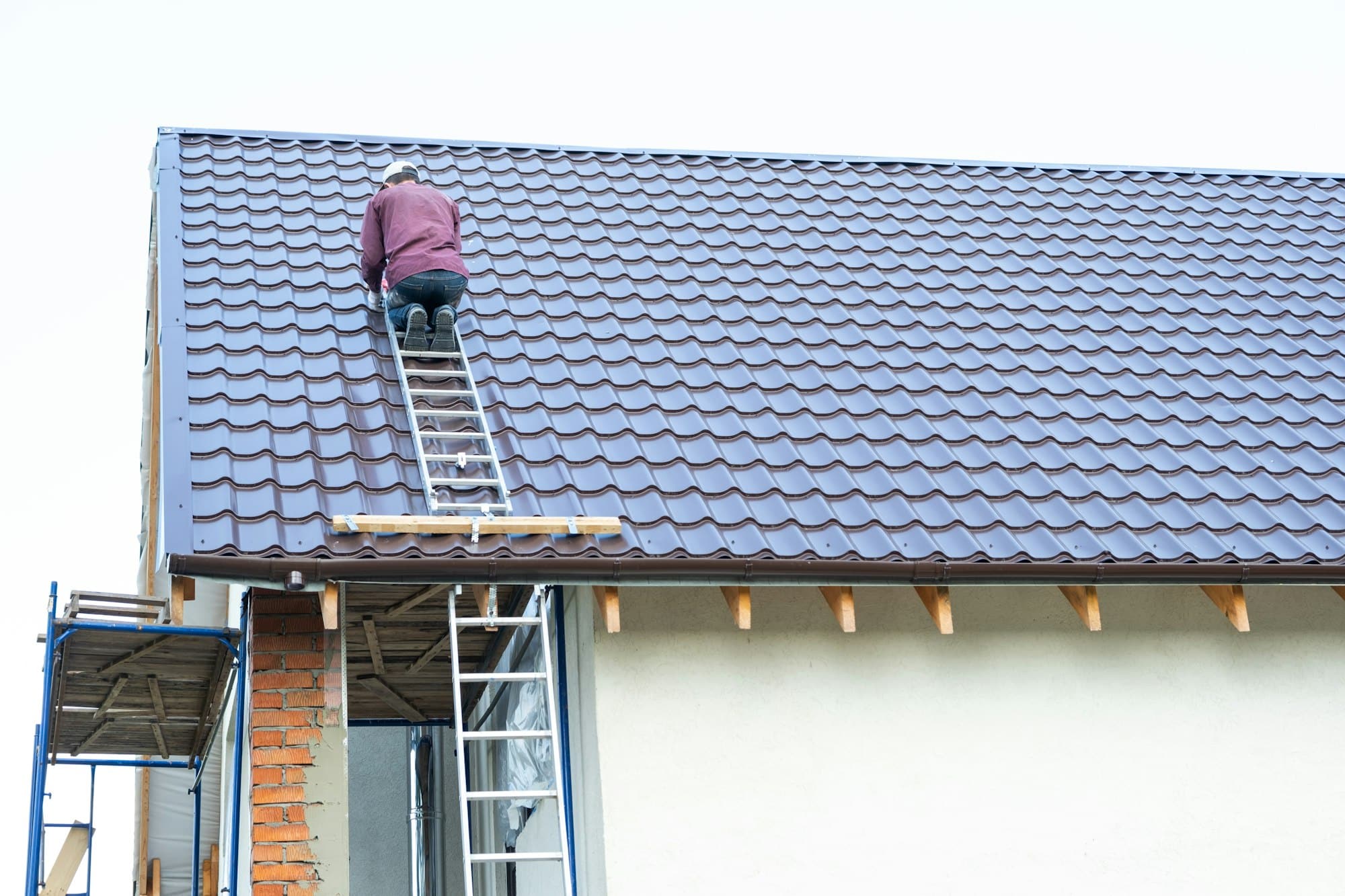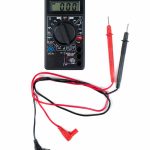The pleasure of a warm seat on a chilling winter morning is something many car owners appreciate. If your car didn’t come with heated seats, do not despair. You can install aftermarket heated seats in your vehicle, adding to its comfort and value. This guide will offer detailed instructions on how to install heated seats in your car with precision and ease.
Choosing the right aftermarket heated seats for your car
Before we dive into the installation process, we need to cover the first step: choosing the right aftermarket heated seats. Not all seats are compatible with every car, so it’s crucial you pick the right ones. A quick search on a car forum or a chat with a seasoned iTrader could provide useful insights.
Additional reading : What are the essential steps for restoring leather seats in UK classic cars?
Look for seats that are specifically designed for your car model. Some aftermarket heated seats come in a universal design, but those might require additional adjustments during installation. Make sure to also consider the comfort and style of the seat. After all, the main purpose of your car seats is to provide a comfortable ride.
Once you receive your seats, check the box for a wiring diagram. This will be your most trusted companion during the installation process. If none is provided, you could often find these diagrams online, particularly on car forums where people share their experiences and tips.
Also to read : What steps can you take to ensure the longevity of the transmission in UK-manufactured vehicles?
Identifying the correct location for wiring
Now that you have your heated seats and wiring diagram ready, it’s time to figure out where to place the wires. The accurate location of the wires is critical to avoid any potential electrical mishaps.
Start by locating the seat posts. These are the metal bars connecting your seat to the car floor. You will need to remove your original seats by unscrewing the bolts on these posts. Once removed, you will have a clear view of the wiring paths.
Route the wires according to the wiring diagram provided. Avoid areas that can get pinched or hot to prevent wire damage. If you hit a snag or are unsure, don’t hesitate to consult a car forum. There’s a high probability someone else has faced the same issue and received helpful advice from the community.
Wiring the aftermarket heated seats
At this point, your car is ready for the new seats. But first, you need to wire them up. Wiring aftermarket heated seats might sound intimidating, but with the right instructions, you can do a good job.
The wiring process will vary depending on the type of heater in the seat. Some seats have heating pads that require detailed wiring, while others come with a wiring harness that simplifies the process.
Regardless of the type, the wiring process involves connecting the wires from the aftermarket heated seats to your car’s electrical system. Make sure to follow the wiring diagram and instructions provided with the seats.
Installing the aftermarket heated seats
Finally, it’s time to install the heated seats. Align the new seats with the seat posts previously located. Once you’ve aligned the seats, secure them with bolts.
Your aftermarket heated seats are now installed, but before you start enjoying the warmth, verify that everything works as intended. Switch on the car and your new heated seats. If the seats warm up, you’ve done everything correctly. If not, you may need to revisit your wiring.
Posting your experience on car forums
After successfully installing your aftermarket heated seats, consider sharing your experience on car forums. Forums serve as a valuable resource for car enthusiasts, particularly when it comes to DIY projects like this one.
Write a detailed thread about your experience. Include pictures, tips and tricks you found useful, any obstacles you encountered and how you overcame them. Remember to reply to comments on your thread. This not only helps others but also earns you likes and respect within the community.
When writing your thread, it’s crucial to be clear and easy to understand. You should also be open to receiving feedback and suggestions. You never know, someone might come up with a brilliant idea to make the process even easier next time!
Remember, the process of installing aftermarket heated seats in your car can be challenging but rewarding. With careful preparation, the right tools, and a little patience, you can enjoy the benefits of heated seats in your vehicle. And, who knows? You might even inspire others to undertake this project.
Connecting to the fuse box and testing the heating elements
The next step in the process of installing aftermarket heated seats is connecting your newly routed and attached wires to the car’s electrical system. This typically involves connecting to the fuse box, which is usually located under the dashboard or in the engine compartment.
Before you start, ensure you have a clear understanding of your car’s electrical system. It’s essential to connect the wires correctly to prevent electrical issues. If you’re unsure, consult a professional or seek advice from a seasoned member of a car forum.
Firstly, locate the correct fuse to which you need to connect the seat heaters. You’ll find this information in the wiring diagram or the installation instructions that came with the seats. Once identified, connect the wires accordingly.
If your car has a vacant fuse slot, you can use an add-a-circuit kit to add a new circuit for your heated seats. This helps to isolate the electrical load from other systems, reducing the risk of electrical issues.
After connecting to the fuse box, it’s time to test the heating elements before you install the seats. Connect the seats to the wiring you’ve routed and attached, then switch on the car and the heated seats. You should feel them start to warm up. If not, check your wiring and connections again.
Conclusion
Finally, after successful testing, you can secure the aftermarket heated seats fully onto the seat posts. Secure the seats with bolts, ensuring they are tightly fixed to avoid any movement during your ride. A job well done, you’ve now upgraded your car with aftermarket heated seats.
It’s important to remember to take your time during this process. Haste can lead to mistakes, which might result in damage to your car or the new seats. If you’re ever in doubt, don’t hesitate to seek advice from a senior member or thread starter on a car forum. You may even end up receiving numerous likes on your posts.
Your aftermarket heated seats not only add comfort to your ride but increase the value of your car. They are a substantial asset, especially during the cold winter months. Remember, your contribution to car forums, whether in the form of received post likes or solutions to problems, enriches the community.
In conclusion, installing aftermarket heated seats is a rewarding task that enhances your driving experience. The process might seem daunting, but with step-by-step instructions and the willingness to learn, you’ll feel a sense of accomplishment once done. Drive safe and stay warm!











